Whether you are a novice cook or an experienced chef, choosing the the right pans can significantly affect the quality and taste of your food. There are countless types of frying pans on the market in different materials and for different purposes, but you should also look at choosing the right size of pan. In this guide, you'll learn how to choose a size that fits your household's culinary needs.
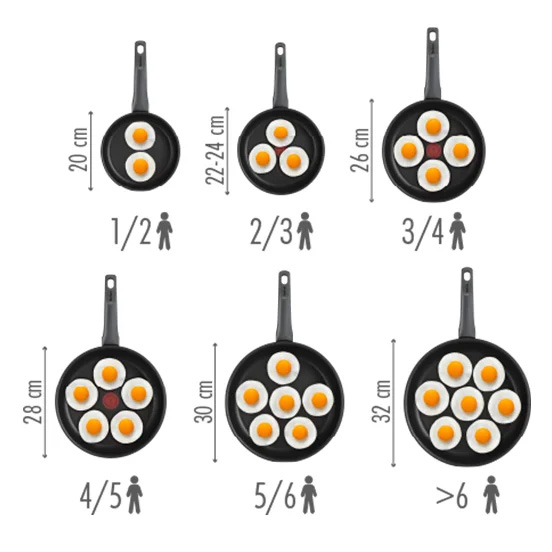
Why is pan size an important parameter?
The size of the pan directly affects the dimensional heat distribution and thus the cooking efficiency.
Too small a pan that you overfill will heat food unevenly and inefficiently, not to mention that handling, turning or stirring will be one big mess.
The right size will ensure that your food is cooked evenly and that you are comfortable preparing your meals.
The most common pan sizes
You can find pans of all sizes on the market and each one can serve a different purpose in the kitchen:
- Small pans (up to 20 cm) are ideal for preparing scrambled or fried eggs or other smaller tasks. They are generally suitable for singles or couples.
- Medium pelvis (20-28 cm) represent a universal size that fits most cases. They are ideal for frying meat, vegetables or preparing smaller portions of pasta.
- Large pans (28 cm and larger) are essential for preparing meals for several people. Perfect for large portions of meat, whole fish or for frying large quantities of vegetables.
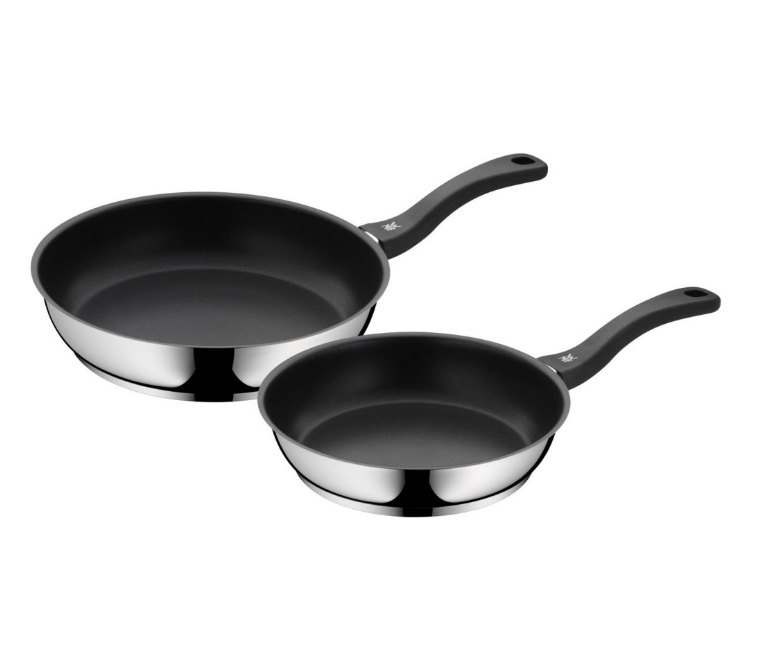
Best 24cm pans according to customer reviews
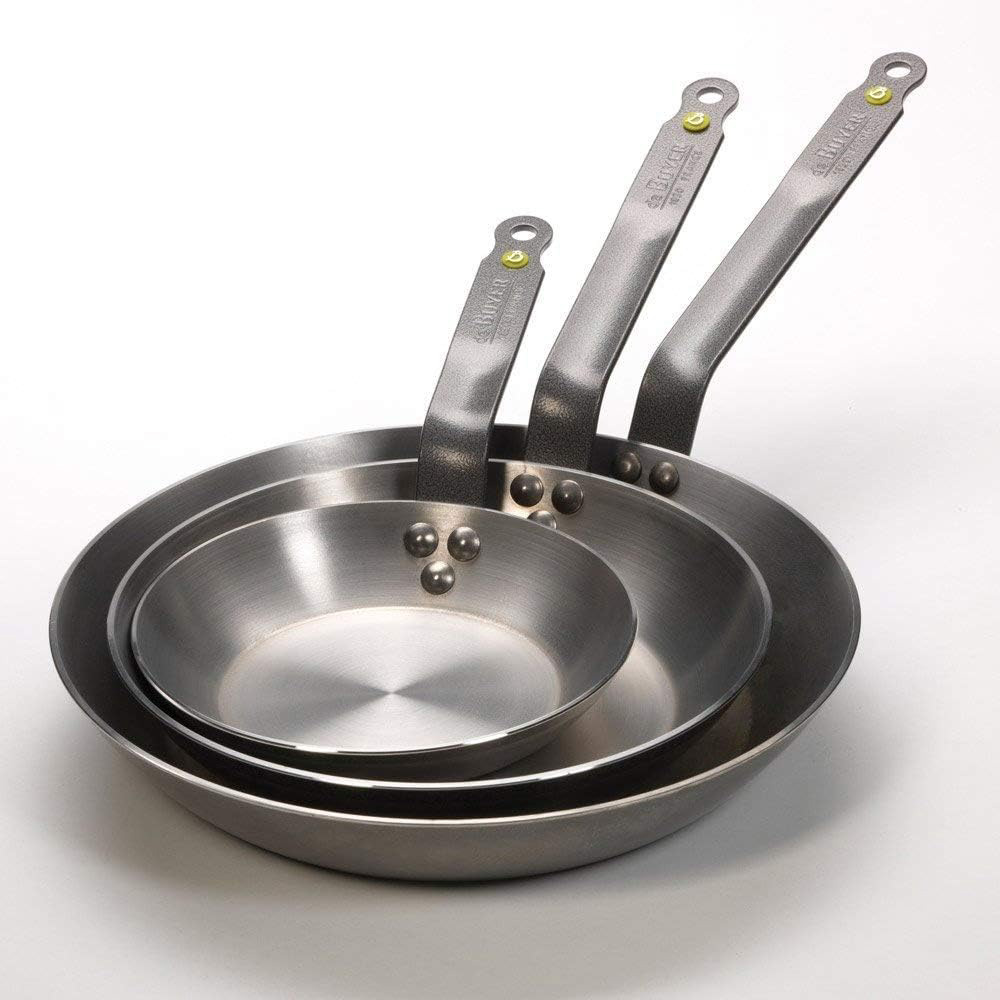
Do you need a large or small pan?
When choosingthe correct pan size consider the following:
- Number of persons: How many diners do you normally cook for? Are you alone or with a partner, do you have children, or do you normally have a large group around the table?
- Types of food: Think about the dishes you prepare most often.
- Stove and storage space size: Make sure the new pan fits comfortably on your stove and you have enough space to store it safely.
What shape of the bottom and depth of the pan should I choose?
Different dishes also require different techniques when cooking them and when choosing a pan, it's worth thinking about what you're going to use it for.
Pans with a large flat bottom will be suitable for frying multiple pieces of steak, but for dishes that require frequent stirring or tossing, you will appreciate a wok with high edges and a round bottom. Steak is best cooked in a flat-bottomed pan, while the vegetable mixture is best cooked in a round-bottomed pan.
At the same time, the square pan will not be suitable for dishes that require frequent stirring, but you can use it conveniently when preparing steaks.
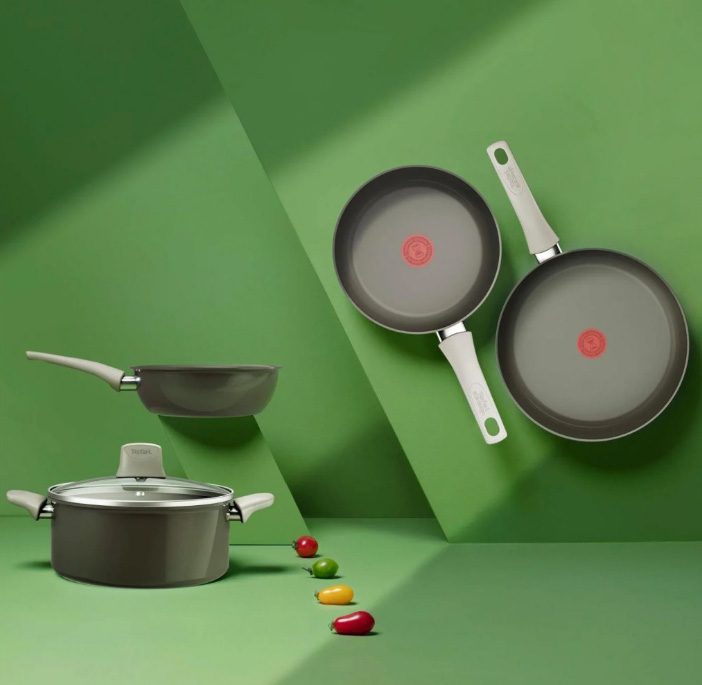
Best 26cm pans according to customer reviews
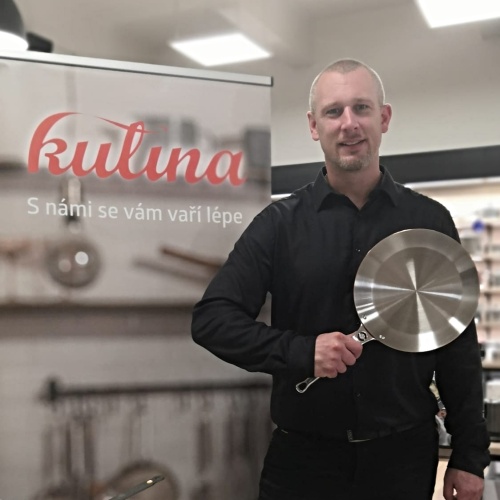
Honza Hajný, Chef of Chefparade cooking school
When cooking, the size and shape of the pan is of course just one of the parameters to consider. It is also important to think about the material of the pan. Each one may be suitable for a different purpose, and also behave differently, and thus produce different results. At Kulina, we try to make sure you have comprehensive information before making your choice, which is why we also create guides to different materials.

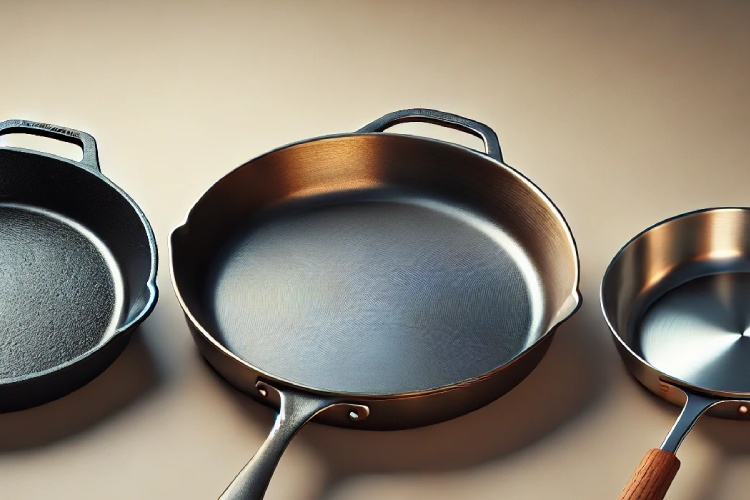
Best 28cm pans according to customer reviews
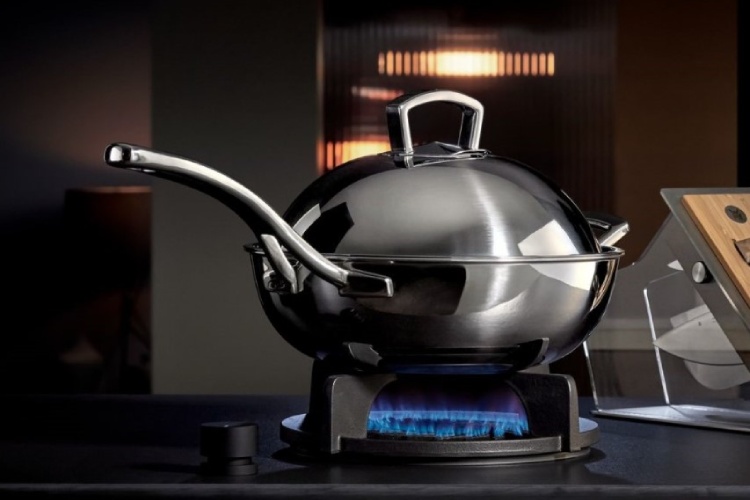
The lid: an essential accessory for efficient cooking
A great tool to make your cooking more efficient are lids for pans. Not only do they speed up the cooking process by helping to retain heat and steam inside the pan, they also ensure the food is cooked evenly. Plus, with a lid, you avoid unnecessary oil splashing and save energy. Whether you're preparing stews, stir-fries or sauces, the lid gives you better control over the outcome. When choosing a lid, remember to consider the size of the lid, which should match the size of your pan.
